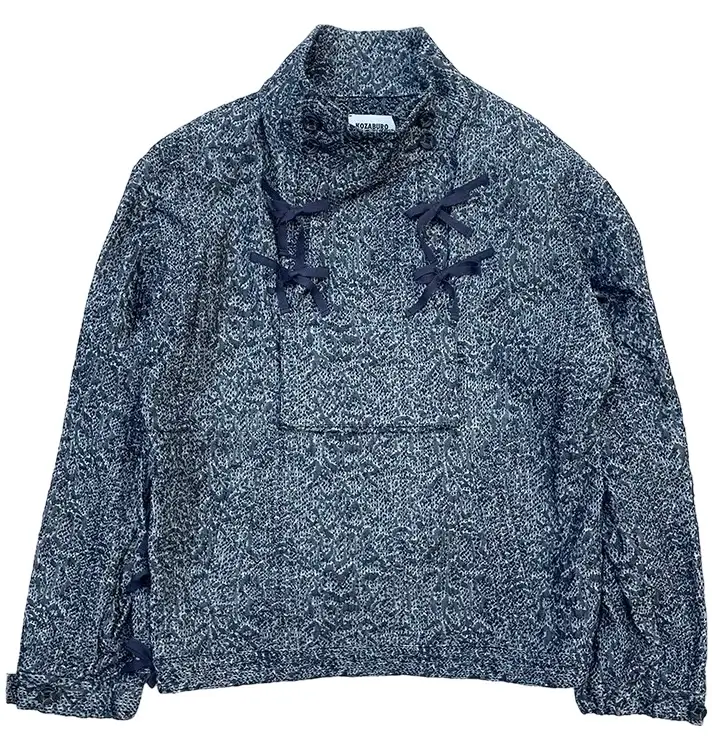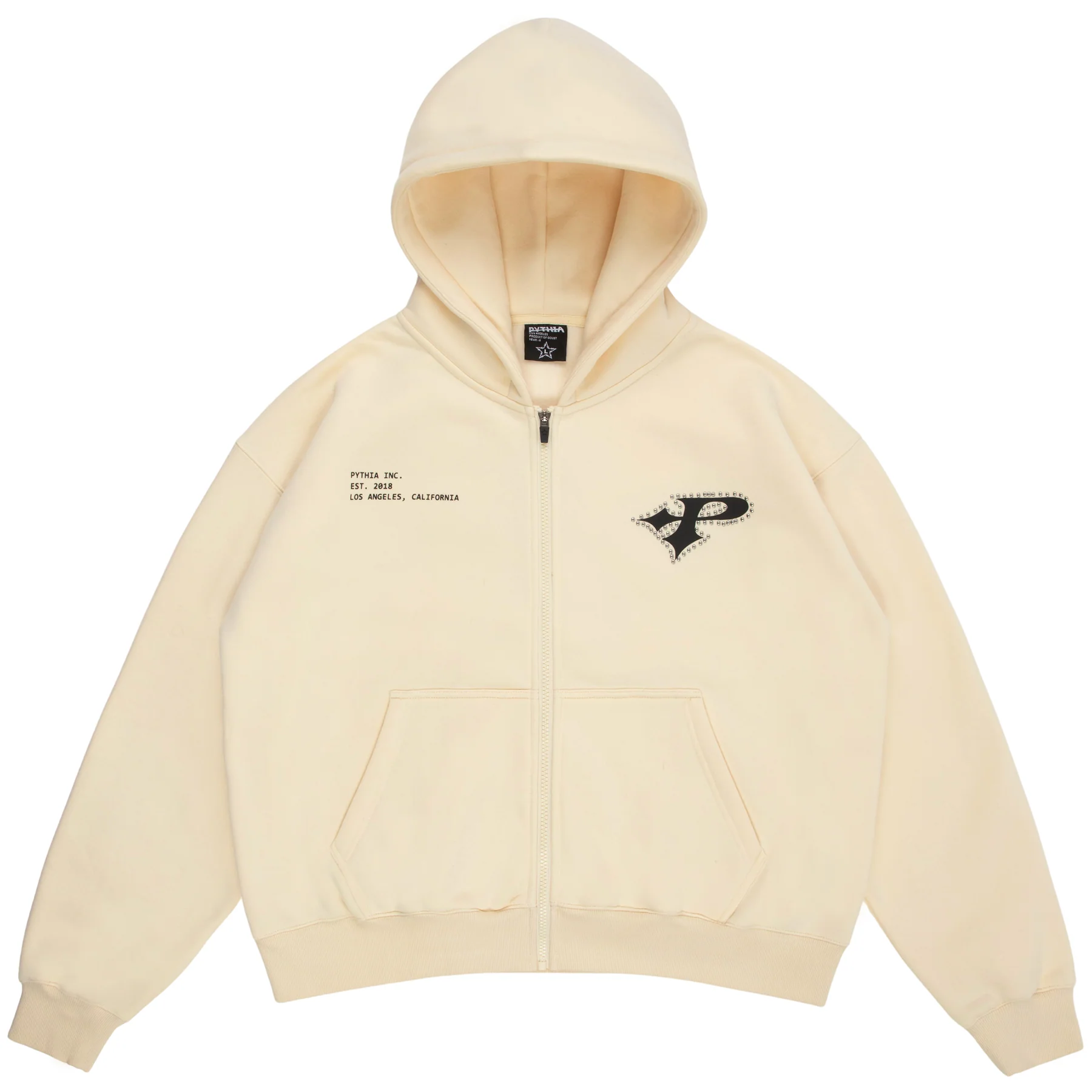
The Japanese leather punk isn’t just a fashion archetype. It’s a living, evolving contradiction—where meticulous craftsmanship meets subcultural rebellion, where sartorial violence is tailored with almost surgical precision. This fusion of rebellion and discipline, chaos and craft, defines the restless ingenuity of Japan’s leather punk scene. And while the global punk narrative is often retold in the tones of London grime or New York grit, Japan’s take on the aesthetic is uniquely its own—a reinterpretation that doesn’t copy but reimagines.
To understand Japan’s foremost leather punks, you have to abandon any simplistic notions of punk as purely reactionary. In Japan, punk was not just about protest—it was also about perfection. From the early 1980s to now, leather punk in Japan has threaded together underground music, hyper-detailed fashion, and a specific kind of personal intensity that borders on asceticism. The result? A scene that doesn’t just wear punk, but obsesses over it.
The Roots of the Rage
The arrival of punk in Japan didn’t ignite with the same immediate combustibility as it did in the West. There was no Sex Pistols moment on national television. But imported records, zines, and photos of Vivienne Westwood’s bondage pants sparked imaginations in Tokyo and Osaka’s youth, especially during the economic boom of the late 70s and early 80s. Rebellion thrives on contradiction—and the shiny new consumer utopia of Japan’s postwar miracle economy was fertile ground.
Bands like GISM, The Stalin, Lip Cream, and Gauze emerged, not just screaming into microphones but dressing in leather gear that wasn’t bought at Hot Topic but custom-made, hand-stitched, and frequently dangerous to wear. Leather became both armor and art—layers of defense in a society that prized conformity and cleanliness. Studs, chains, zippers, and asymmetrical cuts weren’t just for show—they marked out territory, defined belonging, and kept the outside world at a cautious distance.
Yet what separates Japan’s leather punks from their Western counterparts isn’t only the style—it’s the obsession with the execution of style. Punk in the UK was fast, loud, often shoddy. Japan’s leather punks brought an artisan’s eye to the same aesthetic. Garments weren’t thrown together—they were constructed, sculpted, and often designed to last decades, not just a season of gigs.
The Aesthetic of Aggression
Take a jacket from Blackmeans, the now-legendary Japanese punk brand founded by Yujiro Komatsu and his partners. It isn’t just a riff on a Perfecto. It’s a reinterpretation layered in history, detail, and hand-dyed rebellion. Blackmeans jackets are works of engineering: tanned leathers from Japanese or Italian hides, intricate patchwork, punk iconography etched and embossed like holy scripture. Zippers aren’t just closures; they’re weapons. Stitching is deliberate. Even the distressing is controlled.
Komatsu, a former designer for Number (N)ine, helped elevate punk aesthetics from street gear to fashion iconography without stripping it of its grime. Blackmeans became shorthand for the most elevated version of Japanese punk leather—bridging the underground with high fashion in a way that never felt like a sell-out. Their leathers carry the attitude of a squat gig and the technique of a Kyoto craftsman.
But Blackmeans didn’t arise in a vacuum. It was the product of decades of subcultural layering—of biker gangs, hardcore bands, and fashion obsessives cross-pollinating. Their work is as much cultural anthropology as it is design. This is punk not as relic, but as ritual.
The Scene Beyond Fashion
In Harajuku and Koenji, you’ll still find the remnants of the Tokyo leather punk scene—fewer now, but just as intense. Regulars at Bar Nightmare or DecabarZ can be seen in full regalia, not for performance, but because that’s their skin. They don’t dress up—they gear up. Jackets soaked in years of cigarette smoke and beer. Boots resoled countless times. Denim patched over leather, and vice versa.
These punks aren’t influencers. Many refuse social media entirely. They aren’t nostalgic either—they live the scene in the present tense. For them, punk isn’t a phase; it’s the framework of their identity. This refusal to modernize or brand themselves is part of their strength—and part of what makes them hard to categorize. They don’t fit cleanly into global subculture archetypes because Japan’s leather punks resist reduction.
This restlessness—the need to constantly refine and reassert a punk identity through craftsmanship—creates a paradox: a rebellion that requires discipline. A scene that hates conformity but demands commitment.
Leather as Language
There’s a quiet intensity to the best leather pieces in this world. They aren’t flashy. They communicate through weight, smell, shape, and scars. A jacket from a Tokyo leather punk might have 200 hours of handwork in it—but it’s not meant to show off. It’s meant to show through. The point isn’t to impress—it’s to express a lifetime lived at odds with the mainstream.
Much of this is rooted in Japan’s wider cultural attitude toward clothing and identity. Fashion, in Japan, is serious—considered a reflection of inner discipline and social position. That’s why punk here doesn’t look sloppy, even when it’s trying to. The same logic that governs traditional craft (shokunin) applies: a reverence for detail, material, and integrity of process. Japanese punks may reject society’s rules—but they build new ones for themselves, and follow them with religious intensity.
It’s no surprise that some of the best leather artisans in the world now come from Japan. Brands like The Flat Head, Addict Clothes, and Lewis Leathers Japan all bear the marks of this ethos. Even in the realm of pure fashion, designers like Junya Watanabe, Takahiromiyashita TheSoloist, and Yohji Yamamoto have played with punk-inflected leathers in their collections—borrowing from the same codes developed in underground Tokyo basements.
The New Guard and Global Reverberations
In 2025, the leather punk scene in Japan is no longer exploding—but it is evolving. Younger artisans and musicians are reinterpreting the leather uniform, often blending it with cyberpunk, gothic, or even techno aesthetics. Some merge it with traditional Japanese workwear silhouettes, creating a kind of samurai-punk hybrid. Others look to the west for inspiration—but always through the Japanese lens of obsession and execution.
Instagram accounts like @tokyopunkscene or niche magazines such as Burst City and KERA chronicle this evolution, though never quite capturing the full reality. The truth is, Japanese leather punk isn’t photogenic. It has to be experienced in movement, in sweat, in feedback loops of noise. It’s in the crackle of an amp, the hiss of a match, the creak of heavy leather over a shoulder.
Western designers continue to borrow from the visual language without always understanding the depth. A vintage GISM patch on a Paris runway. A Japanese-style studded jacket in an LA boutique. These gestures flatter, but they skim the surface. What they miss is the point: the commitment, the craft, the code.
The Future of the Uncompromised
What keeps Japanese leather punk alive isn’t nostalgia or commerce—it’s ritual. Unlike trend-driven fashion, which evolves to stay visible, this world thrives in the shadows. It relies on a core group of practitioners who refuse dilution. Whether in basement clubs, cramped ateliers, or roadside bars, they continue to burn the torch—not because it’s cool, but because it’s vital to who they are.
There’s a certain kind of person drawn to this life. They aren’t interested in hype. They don’t seek acceptance. They live outside of time—not just rebelling against society, but building their own version of it, one stitch at a time. They don’t just wear leather—they become it.
And so, the restless ingenuity of Japan’s foremost leather punks isn’t in their outfits. It’s in their insistence. Their refusal to compromise. Their devotion to a code that outsiders may never fully decode. It’s a genius born of friction—between rebellion and ritual, destruction and discipline, the underground and the artisan. They remain outside, on purpose.
Because for them, that’s exactly where the fire still burns.
No comments yet.









